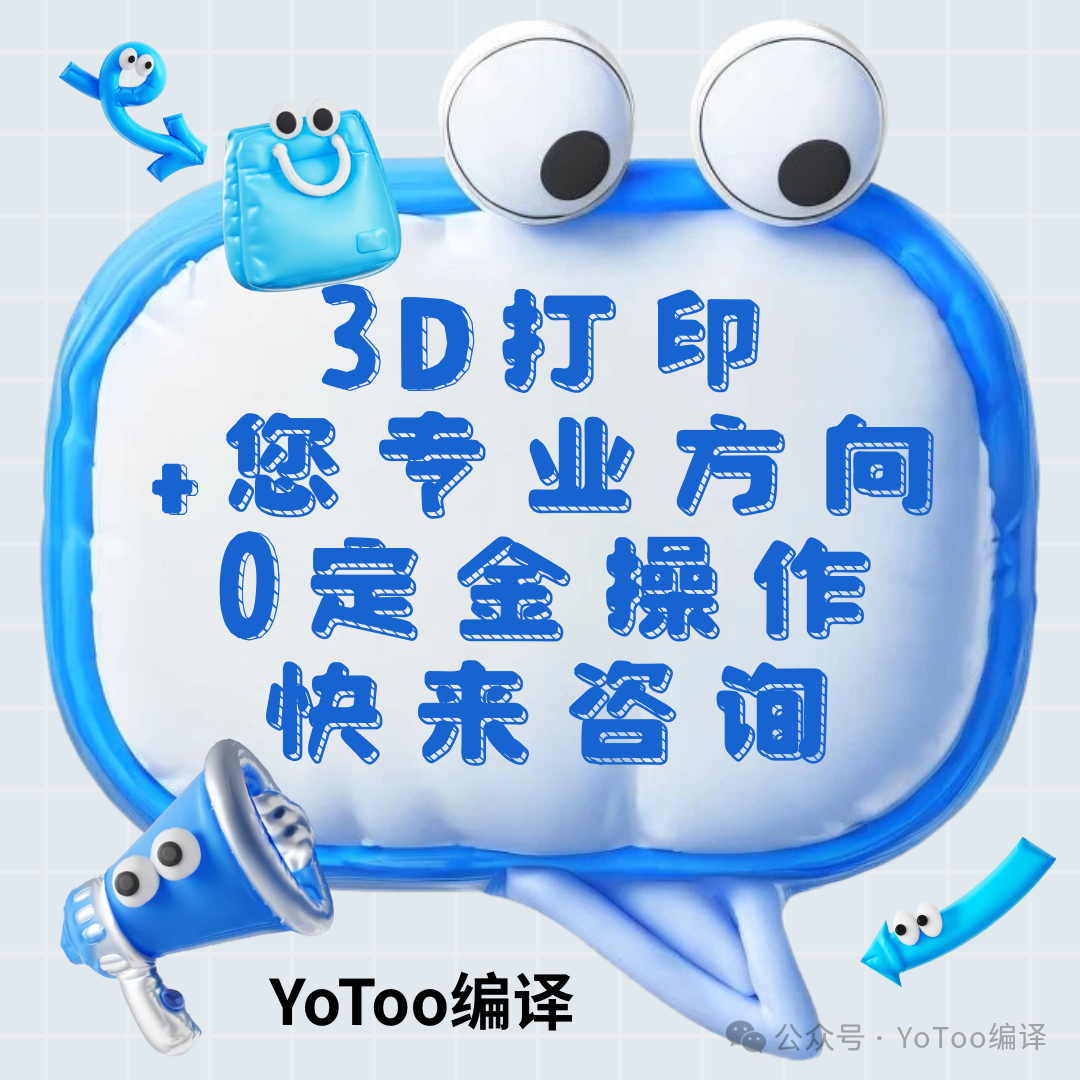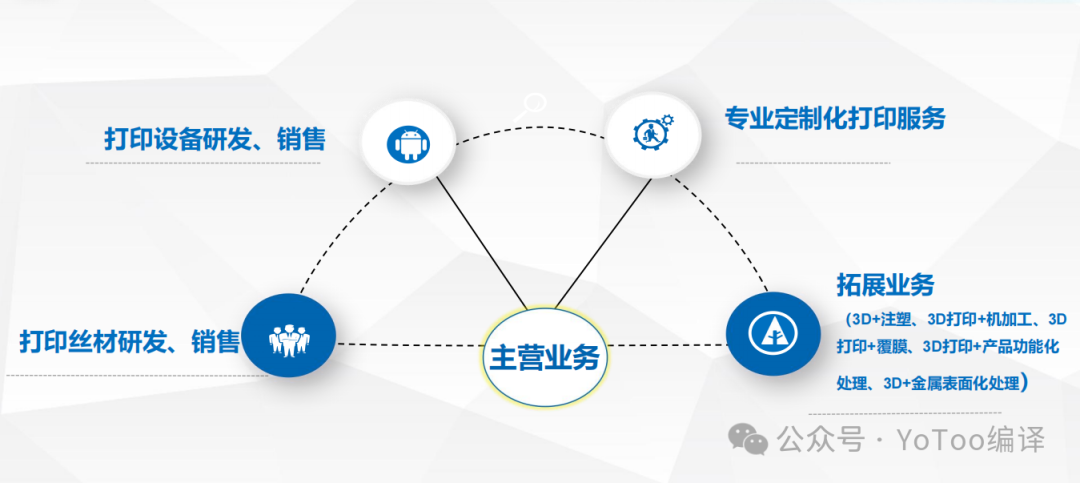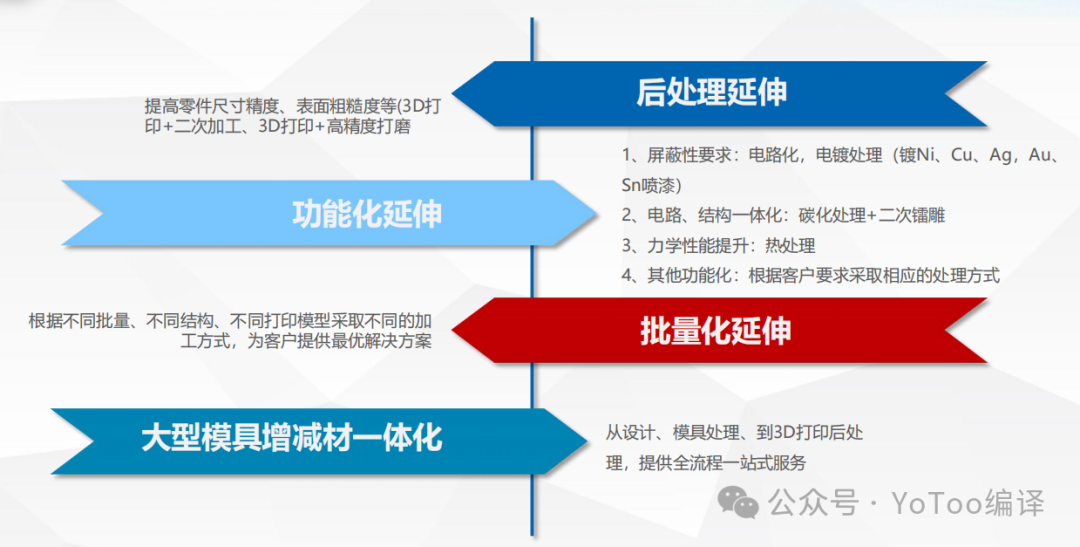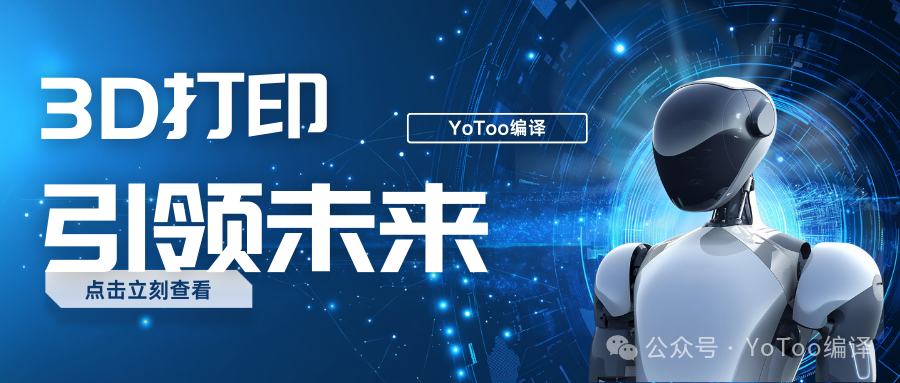
In high-tech fields such as aerospace and medical implants,PEEK and PEI materials have become the “special forces” of the 3D printing world due to their high temperature resistance, toughness, and biocompatibility. However, these two “noble materials” are extremely picky about the printing environment, and a slight mistake can lead to issues such as black spots, crystallization, and clogging. Don’t panic! This article reveals 5 core techniques to help you tame PEEK/PEI, allowing you to easily print industrial-grade precision parts!
1️Temperature Control: Provide a “Greenhouse Environment” for the Material
⚠️ Pain Point:PEEK/PEI is extremely sensitive to temperature fluctuations, and a temperature difference of more than 10°C can lead to interlayer cracking or warping.
✅ Solution:
A closed printer is a must: Choose a model with a temperature-controlled chamber (such as INTAMSYS FUNMAT PRO 610), ensuring the chamber temperature remains stable at 80-120°C (PEEK) or 60-80°C (PEI).
Environmental isolation: Keep away from windows and air conditioning vents, and use anti-vibration mats on the floor to reduce external interference.
Advanced Technique: Preheat the chamber for 30 minutes before printing, and use an infrared thermometer to monitor the temperature of the heated bed (recommended 130-150°C) and the nozzle (380-420°C) in real-time.
2️Black Spot Warning: Don’t Let Impurities Ruin Your Work
Root of the Problem:
Material contamination (recycled material mixing or moisture exposure)
Carbonization residue in the nozzle (degradation due to high-temperature retention)
Solution:
Material screening: Use factory-sealed packaging (such as Victrex PEEK 450G), and store it in a drying box immediately after unsealing.
Printer upgrade: Replace with hardened steel nozzles (resistant to temperatures above 450°C), and clean the throat of the nozzle using the “cold pull method” every 5 hours of printing.
Emergency solution: If black spots appear, pause immediately, use a fine needle to unclog the nozzle, and reduce the printing temperature by 10-20°C.
3️Crystallization Control: Color Changes Hide Quality Crises
Phenomenon Recognition: Normally, PEEK appears light amber; if it turns dark brown or burnt yellow in certain areas, it indicates abnormal crystallinity (mechanical properties can decrease by more than 50%!).
Scientific Response:
Gradient cooling method: After printing, maintain the chamber temperature and cool down to 80°C at a rate of 5°C/minute before opening the chamber.
Annealing optimization: Anneal in an oven at 180-200°C for 2-4 hours to eliminate internal stress while improving crystallinity uniformity.
Data Reference: After annealing, the tensile strength of PEEK parts can be increased to over 100MPa (according to ASTM D638 standards).
4️Nozzle Maintenance: Don’t Underestimate That 0.4mm Lifeline
Maintenance Checklist:
Daily: Clean the outer wall of the nozzle with a brass brush (operate at high temperature).
Weekly: Remove the nozzle and soak it in propylene glycol (to dissolve carbonization at 220°C).
Monthly: Calibrate the extrusion gear pressure to prevent excessive wear that leads to uneven feeding.
⚠️ Taboo: Never use acetone to clean PEEK residues! It can cause stress cracking.
5️Material Storage: Treat It Like Top-Quality Coffee Beans
️ Ideal Environment: Constant temperature of 15-25°C, humidity <15% in an anti-static drying box.
Practical Solutions:
Short-term (within 1 week): Sealed bag + 2 packs of orange silica gel desiccant.
Long-term: Store in a vacuum-sealed bag in a -20°C freezer (allow to warm up for 24 hours before use).
Moisture Detection: Bend the filament 180°, if white marks or breakage appear, immediately dehumidify in a 90°C oven for 6 hours.
By mastering these 5 core techniques, you have stepped into the cutting-edge field of industrial-level 3D printing! But the real secret lies in attention to detail—from preheating to post-print maintenance, every step must be as precise as a surgical operation. Bookmark this article now, share it with partners who are also tackling PEEK/PEI printing challenges, and stay tuned for more advanced techniques by following the 【YoToo Compilation public account!
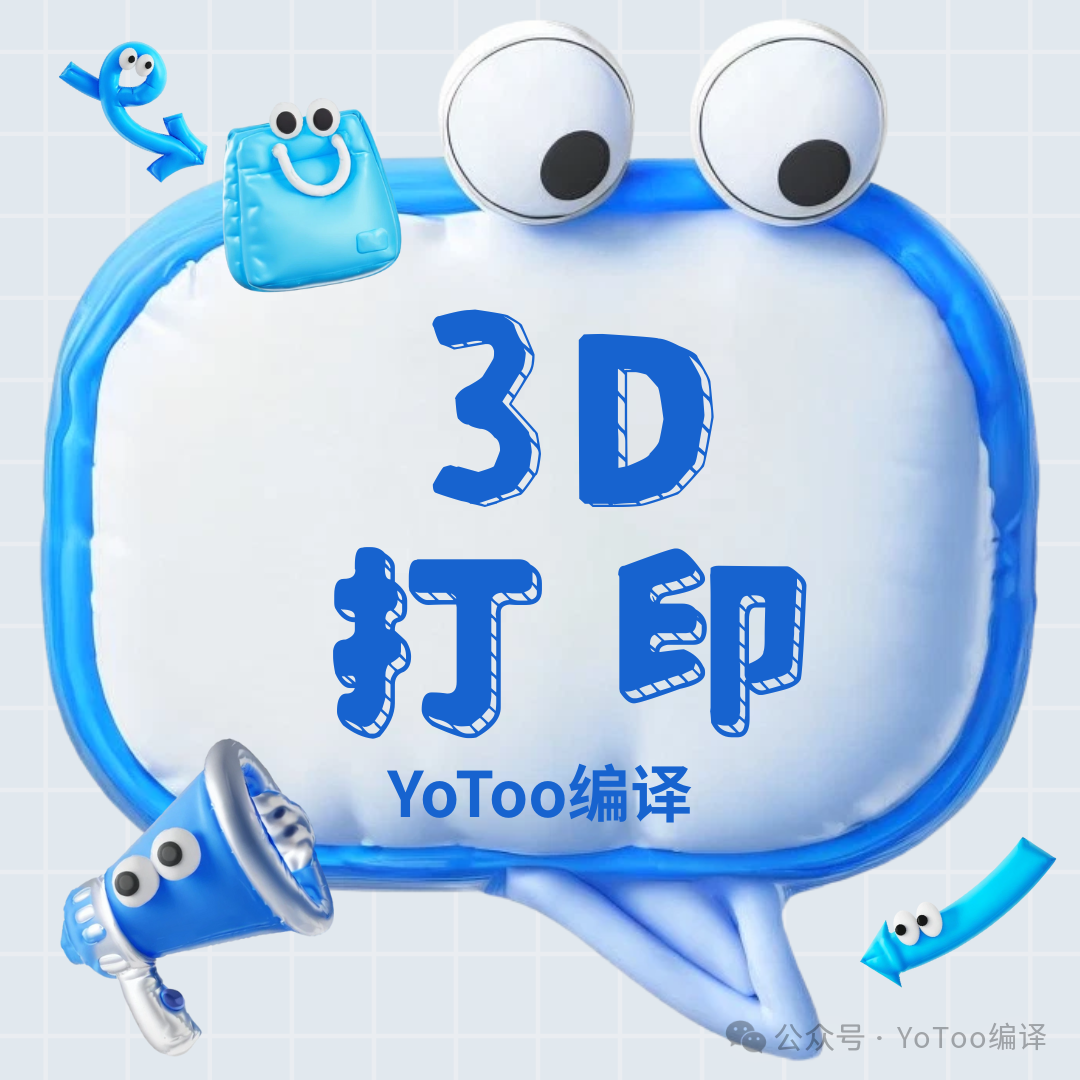
YoToo Compilation Topic Sharing
Direction:
Inflammatory Bowel Disease + Biomaterials (please specify specific biomaterials)1. Study on the Mechanism of Functionalized Sugar Microspheres on Improving Gut Microbiota and Regulating Inflammatory Factors in Colitis 2. Application Study of CBD-bFGF/Collagen Composite Scaffold in Promoting Intestinal Repair and Regeneration after Duodenal Injury 3. Study on the Protective Mechanism of Chitosan Gel (Type III) on Acetic Acid-Induced Rectal Injury in Rats
For more topics, feel free to contact us for applications~

